
- •Table of Contents
- •Introduction
- •The 5 Dramatic Throughlines
- •The 6 Conflicts
- •The 21 Genres
- •The Replay
- •Fate
- •The Parallel
- •The Episodic
- •The Journey
- •Interactive
- •Metafiction
- •The Slice of Life
- •Introducing the 55 Dramatic Situations
- •Situations 1 & 2
- •Situations 3 & 4
- •Situations 5 & 6
- •Situations 7 & 8
- •Situations 15 & 16
- •Situations 17 & 18
- •Situations 43 & 44
- •Situations 45 & 46
- •Situations 47 & 48
- •Situations 49 & 50
- •Situations 51 & 52
- •Research
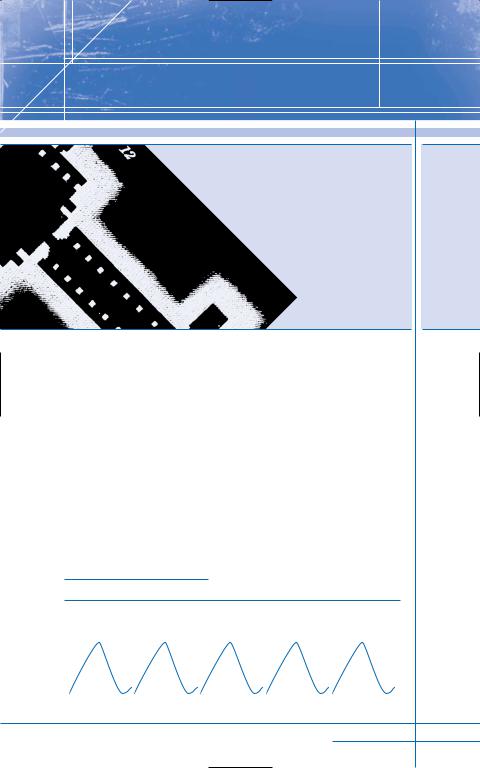
The Episodic |
FROM ORLANDO:
QUEEN ELIZABETH I:[conferring the family estate upon Orlando] For you and for your heirs, Orlando—the house.
ORLANDO: Your Majesty, I am forever …
QUEEN ELIZABETH I: But on one condition. Do not fade. Do not wither.
Do not grow old.
***
NARRATOR: She’s lived for 400 years and hardly aged a day but, because this is England, everyone pretends not to notice.
The Episodic plot structure is made up of a series of chapters or stories linked together by the same character, place, or theme but held apart by their individual plot, purpose,
and subtext. In fact, the chapters or stories could be shuffled around and placed in a different order if desired because there is no overall beginning, middle, and end to the book or story as a whole.
In some cases there may be a sense of time passing throughout the episodes, as if the character is growing or changing through each successive chapter or story. Or perhaps the years are passing by for a character or place and we see the “seasons of change” in the background of the main plot.
The book also could be like the Chicken Soup for the Soul series. These books have an overall theme to them, yet each chapter has a different story to illustrate that theme.
Episodic Structure
There is only a clear three-act beginning, middle, and end in each of the individual chapters or stories of an Episodic piece:
The Episodic |
55 |

This structure can be either plot driven or character driven. Keep in mind that a “place” can be considered a character if it is the central figure in each episode.
If the story is character driven, you will most likely have at least one character showing up in every episode, using this character as the driving force in each story.
If the story is plot driven, you will see a similar character, place, or theme in each chapter or story, but the driving force will be the events within each.
TELEVISION AND COMICS
Television sitcoms have an Episodic structure, and although they are comedic and may lack a coherent theme or message, each sitcom episode stands on its own. Some of the jokes require you to know a lot about the characters from previous episodes and the Main Character’s goal is often developed over time, but overall each episode can stand alone as an individual story.
Comic books fall into this category. Think of the Wonder Woman and Spider-Man comics. There are numerous episodes for each that stand on their own as individual stories.
The Episodic Elements
ACT I TRADITIONAL ELEMENTS PER EPISODE
•Setup
•Mood or Tone
•Hook, Catalyst, or Inciting Incident
•Main Characters: all of them introduced here
ACT I NEW ELEMENTS PER EPISODE
While each episode is a mini story of its own, it is usually shorter in length than most stories or novels. For this reason several traditional steps may be missing: Serious Problem and/or Goal, Villain, and Turning Point. You can have all of these if you wish, but decide beforehand how long you want each episode to be. All together the episodes should make up the page count of one traditional novel.
The Villain can also be more abstract here due to the shorter length of story. For example, society as a whole can be the Villain, and the sexist or racist problem the hero faces is his obstacle.
56 Story Structure Architect

In the case of writing a comic book, the Villain can also be carried over from episode to episode.
The theme can drive the story forward as in an exploration or observational story.
ACT I QUESTIONS
•Why have you chosen this structure?
•Will your stories be character or plot driven? Will place or theme take a significant role?
•Will you have a Turning Point in each episode?
•Will you spend time building a Villain?
•How serious will the Main Problem and/or Goal be? Is it universal?
ACT II TRADITIONAL ELEMENTS PER EPISODE
•Problem Intensifies
•Dark Moment
•Turning Point
ACT II NEW ELEMENTS PER EPISODE
Just as there may not be room for the Serious Problem and/or Goal, the Villain, and Turning Point in Act I, there may not be room for a Temporary Triumph and Reversal in Act II. The story itself should be so interesting on its own that these steps won’t enhance it much and may even come across as being contrived if there is not enough page space to set them up properly.
Subplots are not typically explored in this structure, but there may be a scene sequence which is a series of scenes, one right after the other, with their own mini beginning, middle, and end. For example, Spider-Man goes home to talk to his family and faces tragedy. We don’t cut back and forth between his family tragedy and the main storyline; instead, we see the tragic mini storyline in its entirety.
ACT II QUESTIONS
•Will you use a scene sequence to possibly develop the Main Character’s backstory or advance the plot?
•Will the Villain be prominent in this Act?
•Will any new characters be introduced?
•What theme will you develop?
The Episodic |
57 |

•How will you set things up for the Climax?
•Will you use a Turning Point at the end of Act II?
ACT III TRADITIONAL ELEMENTS PER EPISODE
•Final Obstacle
•Climax
•Resolution
ACT III NEW ELEMENTS PER EPISODE
Many times with dramatic episodic pieces, the Resolution is open-ended. The story may continue on, a question is left unanswered for the reader to ponder, or the theme requires it, as is the case with a theme that deals with racism. There is just no way to completely resolve such a huge problem or societal conflict.
Act III may be quick, requiring the least amount of page space. For example, in sitcoms the audience isn’t as concerned with how the Main Character will fix things after he is caught doing something wrong or after he messes everything up. The audience wants to see how far the Main Character will go to cover his tracks or how the other characters will react to what he has done when they find out.
When Jerry Seinfeld is caught digging up his neighbor’s dead bird to find the key to Kramer’s strongbox, that’s all we need to see and the episode ends with a one-page resolution that really doesn’t resolve anything. Jerry says he’ll have to use the fire escape to get in and out of the building to avoid the neighbor, and that’s it. We don’t care if he makes up with his neighbor or if he feels bad about what happened. We just want to see Jerry get into trouble and then get caught red-handed.
In comics or short horror trilogies (see Trilogy of Terror), there may be a false ending where the reader thinks everything is over but the Villain comes back for one more confrontation.
ACT III QUESTIONS
•How will you get your theme across to the reader in the end?
•How strong will the Villain be?
•Will things tie up neatly or be left open-ended?
•How does this story fit with the remaining stories?
58 Story Structure Architect

EXAMPLES
Orlando, VIRGINIA WOOLF
Young nobleman Orlando is commanded by Queen Elizabeth I to stay forever young. Miraculously, he does just that. The story follows him as he moves through several centuries of British history, experiencing different ways of living and even changing sex.
Any Small Goodness: A Novel of the Barrio,
TONY JOHNSTON
Set in East Los Angeles, this novel shows the daily life of an extended Mexican-American family in a series of vignettes.
Buffy the Vampire Slayer, JOSS WHEDON
This television series has Episodic plots that show character development throughout the seasons. Buffy grows and changes as the overall Episodic story continues each week.
The Episodic |
59 |
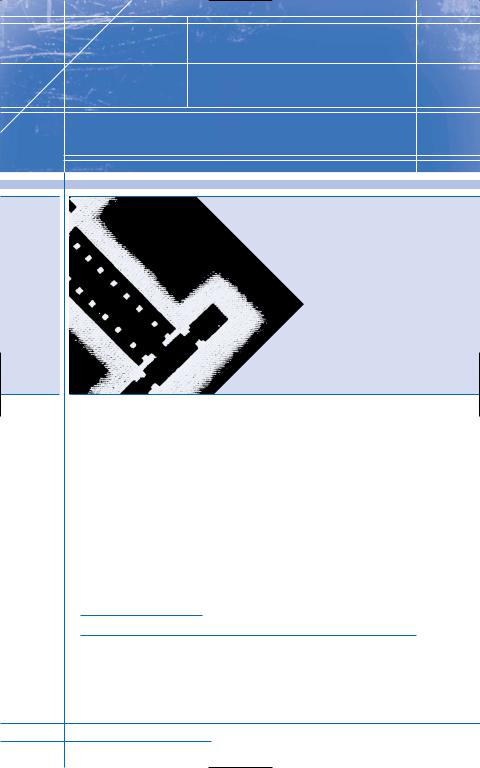
The |
Melodrama |
FROM REBEL WITHOUT A CAUSE:
JIM STARK: If I had one day when I didn’t have to be all confused and I didn’t have to feel that I was ashamed of everything. If I felt that I belonged someplace.
JUDY: All my life, I’ve been—I’ve been waiting for someone to love me, and now I love someone. And it’s so easy. Why is it so easy now?
JIM: I don’t know; it is for me, too.
JUDY: I love you, Jim. I really mean it.
JIM: Well, I mean it …
The Melodrama plot structure is sometimes referred to as “women’s fiction,” as soap operas and television movies fall into this category, but this is not entirely accurate.
While both women’s fiction and Melodrama primarily focus on women’s lives, relationships, family, and the female point of view and are emotionally engaging, they differ in that women’s fiction also encompasses books such as Bridget Jones’s Diary, which is not considered Melodrama at all and has a fairly traditional plot structure to it.
Melodrama is at its core just that—melodramatic. In fact there are two types of Melodrama—the Female Melodrama and the Male Melodrama. This is why Melodrama is not just considered women’s fiction.
The Two Types
Female Melodrama differs from women’s fiction in that it is always centered on tragedy, usually involving family relationships; it is sometimes open-ended and goes over-the-top in emotionality and sentiment as it primarily focuses on a Victim.
60 Story Structure Architect
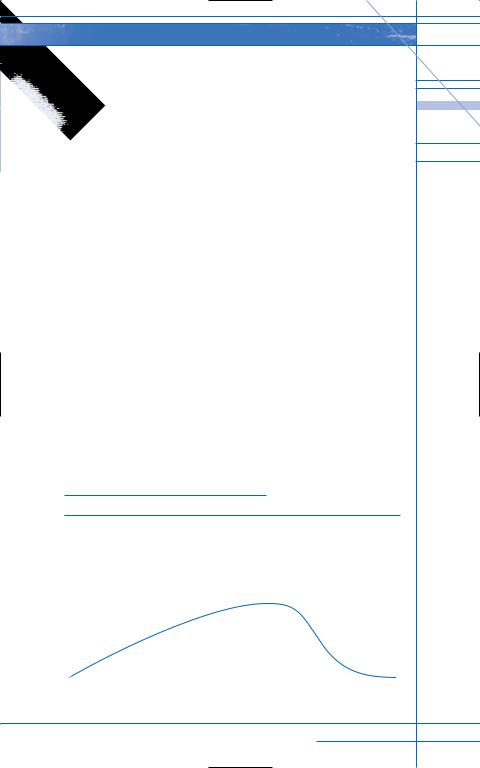
The male characters are brought into the female domestic space where they must learn to value domestic life. The Female Melodrama is left unresolved in the end. It is the process of and behavior within the narrative that brings pleasure to the reader or viewer, as the female character will usually lose out in the end. Patriarchal culture usually has no place for her outside of the standard female role and domestic sphere.
Of course many new writers are doing away with this type of tragic ending for the female melodramatic character, which is fine because Melodrama is centuries old and is constantly changing with the times. Melodrama first appeared in medieval morality plays and has since been in a state of revision according to the social structure of the time period.
The Male Melodrama encompasses many science fiction stories such as Dune and Westerns that deal with issues revolving around family. Susan Hayward, author of Key Concepts in Cinema Studies, says,
The characters played by James Dean in his films of the 1950s certainly reflect an unwillingness to fulfill society’s expectation of male adulthood. … In male weepies, through a portrayal of masculinity in crisis, melodrama exposes masculinity’s contradictions. … The male either suffers from the inadequacies of his father, is in danger of extinction from his murderous father, or he fails his own family.
Unlike the Female Melodrama, the Male Melodrama is reconciled in the end, but the character must find a compromise between his family life and his “other” life outside the domestic sphere. The main focus of the Male Melodrama is on family relationships.
The Melodrama Structure
There is a sense of a clear three-act beginning, middle, and end to Melodrama, but the ending in the Female Melodrama is open-ended or ambiguous and follows a Final Obstacle. Like a soap opera, the Female Melodrama reader is left knowing the story will continue.
Male
Melodrama:
Act I |
Act II |
Act III |
The Melodrama |
61 |

Female
Melodrama:
Act I |
Act II |
Act III |
Both types of Melodrama are primarily character driven as the emotions, decisions, and dreams of the characters drive the story forward.
The Melodrama Elements
ACT I TRADITIONAL ELEMENTS
•Setup
•Mood or Tone: This is very important in Melodramas. Happy, colorful sunsets are not the best choice for a story such as this. Depressive, dark, oppressive, and mournful are great adjectives to think about here.
•Hook, Catalyst, or Inciting Incident
•Serious Problem and/or Goal: This is an internal problem for both the Male and Female Melodramas.
•Villain
•Main Characters: All of them should be introduced here.
•Turning Point
ACT I NEW ELEMENTS
The Turning Point in Traditional Structure calls for a cliffhanger. In Melodrama it calls for things to get seriously worse for the Main Character at a personal level. It’s not just that he’s stuck on the side of a cliff, but that his father put him there.
Melodrama involves family and relationships so the Villain, if there is one, will not be a stranger.
In Melodrama, the Villain can easily be the Main Character herself, as she makes one bad choice after another, usually never learning from her mistakes. Of course, some of these choices may be fun and liberating at the time, which is why women like these stories.
The Male Melodrama will have more scenes and locations outside the home than the Female Melodrama. He is at odds with the demands of family and relationship.
62 Story Structure Architect

You may want to set the Mood or Tone several times in Act I.
Conflict comes between characters that are related in some way, not between characters and the environment, for example. If the Main Character drives into a river, it is not the fault of the curvy road or the rainfall—it’s because he was upset about an argument he had with his father.
ACT I QUESTIONS
•What makes you feel uncomfortable? Can you use that to set the Tone in the opening scenes?
•Who or what will the Villain be? If it is the Main Character hurting herself, how will you show this?
•Can you come up with different characters to use in the Turning Point? Is one more traumatic than another? Is the Main Character closer to one over the other? Will this add betrayal to the Turning Point?
•Can you spice up a supporting character so he really rubs the Main Character the wrong way?
ACT II TRADITIONAL ELEMENTS
•Problem Intensifies
•Temporary Triumph
•Reversal
•Dark Moment
•Turning Point
ACT II NEW ELEMENTS
The Temporary Triumph is very short-lived, if there is a Triumph at all. The Main Character finally receives roses, and only a moment or so later she learns they were meant for her neighbor. Or the Main Character will finally have some time with his father, only to find out his father’s business partners will be there and he’s being used to impress them.
Fill this act with psychological tragedies. Don’t be afraid to make things hard on your character.
The Turning Point will definitely be heavy with angst and longing just below the surface. When a character is angry at his father’s absence or her husband’s indifference, deep down that character just wants love but can’t seem to obtain it.
The Melodrama |
63 |

ACT II QUESTIONS
• What types of psychological issues does your Main Character have? Does she seek help at all? Is she even aware of it?
•How much Conflict will you have in this act? (There is never too much in Melodrama; make sure it is organic to the story and don’t throw in extra characters just to make it work.)
•Will you have more than one Temporary Triumph? (In Melodramas you can. Using the previous example, the Main Character receives roses— but they’re for the neighbor. Then the phone rings and she’s all excited as she goes to answer it—but it’s the wrong number. Finally she hears a car horn outside and rushes to the window as happy as ever—only to find an angry cabdriver yelling at a man in the street.)
•Will a theme start to emerge in this Act?
ACT III TRADITIONAL ELEMENTS
•Final Obstacle
•Male Melodrama: Climax and Resolution
ACT III NEW ELEMENTS
Traditionally, the Female Melodrama has a Final Obstacle but then stagnates. She can’t find completion in a patriarchal society. Again some writers are changing this, allowing the hero to succeed at her Goal. Though the “rules” are being broken, this happy ending usually has many sad elements, and the hero’s life is not seen as perfect anymore.
The Male Melodrama has a Climax and Resolution, but that does not mean it has to have a happy ending. It could still be very tragic, but there is a feeling of the main story being resolved for the main character.
The Final Obstacle is also psychological in nature and usually involves family or other close relationships.
ACT III QUESTIONS
•If using Female Melodrama, will the hero be successful in the end? If so, in what ways is her life still unsuccessful?
•If using Female Melodrama, will the story continue on after this ending? (Think of soap operas that continue on indefinitely.)
•If using Male Melodrama, will the hero find peace in the end?
•What happens to other characters in the story? Do they change at all? Do they resist change and therefore extend the story beyond the ending?
•Will the Main Character have to separate from the family to grow?
64 Story Structure Architect

EXAMPLES
All That Heaven Allows, DOUGLAS SIRK
A wealthy widow falls in love with a much younger gardener. This gives the country club set something to gossip about, and her children are ashamed that she plans to remarry below her station.
The First Time, JOY FIELDING
Art dealer Mattie Hart seems to be enjoying a perfect life. But ever since her hasty marriage, her husband has been sleeping around and he now plans on leaving her. Just as he is about to tell her he’s leaving, she is diagnosed with a lifethreatening illness.
Rebel Without a Cause, NICHOLAS RAY
A rebellious young man with a troubled past comes to a new town, finding friends and making enemies. He hopes to fill the emptiness inside him, where his family’s love should be.
The Melodrama |
65 |
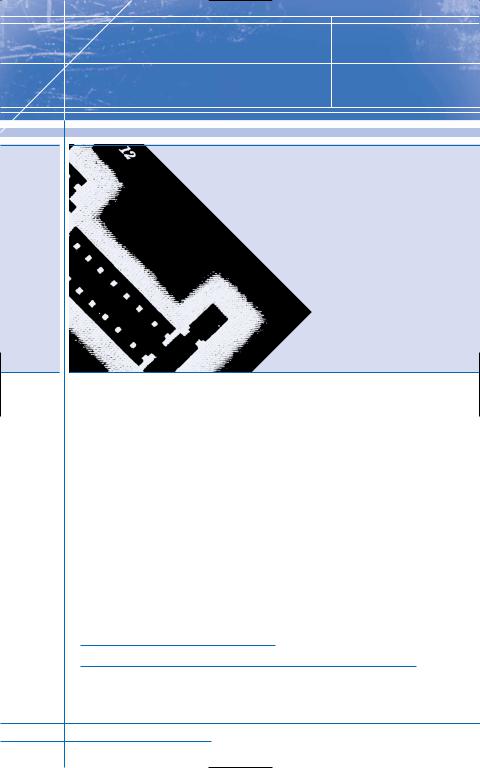
Romance
FROM EVER AFTER:
DANIELLE: You, sir, are supposed to be charming.
PRINCE HENRY: And we, princess, are supposed to live happily ever after.
DANIELLE: Says who?
PRINCE HENRY: You know, I don’t know.
NARRATOR: My great-great-grandmother’s portrait hung in the monastery up until the Revolution. By then, the truth of the rumors had dissolved into a simple fairy tale. And, while Cinderella and her prince did live happily ever after, the point, gentlemen, is that they lived.
The Romance plot structure is defined as having a structure around two Main Characters who are falling in love. This structure focuses on the content of the structure rather than
on structure design.
Make no mistake about it—romantic fiction is the hottest thing around, accounting for over 56 percent of all paperback fiction sold. While some may look down on this type of storytelling, it is by far the most lucrative market out there. In fact, many men write these novels under a female pen name.
Even action stories contain a romantic theme, so don’t hesitate to take the structures presented here and use them as a subplot. Analyzing the top three romantic fairy tales—Cinderella, Beauty and the Beast, and Sleeping Beauty—will teach you firsthand how to structure the Romance plot. Fairy tales are universal, just as archetypes are.
The Cinderella Structure
In the Cinderella Romance structure, the heroine falls in love with the hero first and is left at his mercy, so to speak, even if she is an in-
66 Story Structure Architect
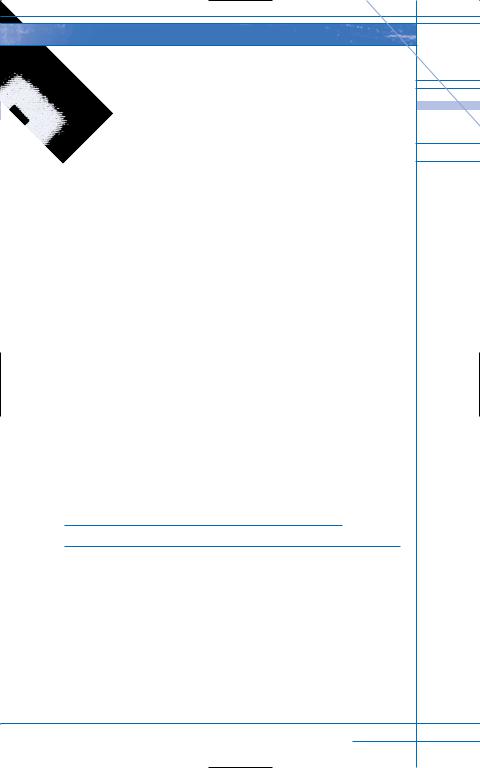
dependent woman at heart. Her actions are centered on the one she loves and whether or not he will love her back. Very often these stories focus on the hero and how he’s feeling. Hamlet and Ophelia come to mind.
Romantic themes that can be explored are:
•RAGS TO RICHES: The character gets her due against all obstacles. She goes from a place of longing and dissatisfaction to a place of abundance and happiness. She’s earned it.
•ROMANTIC RESCUE: The character saves his partner from self-destruction, or he needs to be saved or nursed back to health himself.
ACT I
•We meet the hero and learn about his unhappiness or about his cynical look at life.
•We meet the heroine and see how desperate her life situation is. We also learn how exceptional she is as compared to other women.
•They meet each other and she falls in love with him.
ACT II
•A task or situation forces them to be together.
•He is skeptical and unsure of their relationship. He may try to send her away.
•He realizes he loves her, too, but obstacles and uncertainty keep them apart.
ACT III
•He finally goes out and gets her. He saves her with his love.
•He teaches her a little about love and life. She’s had it tough until now.
•They live happily ever after.
The Beauty and the Beast Structure
In the Beauty and the Beast Romance structure, the hero falls in love with the heroine first and is left at her mercy. The story often focuses on how the heroine is feeling. The hero is usually an extremely powerful man in every area of his life except where she is concerned. Very often his whole life depends on her decision to love him back and save him from his meek existence. The Phantom of the Opera comes to mind.
Romantic themes that can be explored are:
•INDEPENDENCE: The character desires someone different than the people she has previously dated or desires someone completely different
Romance 67

from herself. She wants a life change and needs someone who is already where she wants to go.
• LOVE VS. HONOR: This theme concerns what the character wants to do vs. what she feels she should do while considering others’ needs and her duty to her family. There is a major obstacle in her relationship and she needs to learn to value her own needs. This fits well with paranormal stories, as the hero is usually otherworldly and “normal” people and family members may not accept her relationship with him.
ACT I
•We meet the heroine and see how stable her life is, good or bad.
•An obstacle or chance meeting brings her in contact with the hero. He seems rough around the edges and is often a loner.
•The hero immediately falls in love with her for who she is, not just her looks.
ACT II
•A task or situation forces them to be together.
•She is hesitant about their relationship.
•He does something so wonderful, thoughtful, or protective that she starts to fall in love with him.
•Obstacles keep them from expressing their love.
ACT III
•The hero is in trouble and she saves him with her love.
•They live happily ever after.
The Sleeping Beauty Structure
In the Sleeping Beauty romance structure, both the heroine and hero fall in love at the same time, which puts them on equal footing. They save each other through their mutual love. Romeo and Juliet comes to mind, though the ending is tragic.
Romantic themes that can be explored are:
•LOVE CONQUERS ALL: The character needs someone to help him gain the courage to face himself and his inner demons so he can heal (for example, the hero has a drug addiction). There’s a tug between desire for the love of his life and a fear of commitment. Other things try to take precedence over the relationship.
•SECOND CHANCES: The character tries to recapture his lost love and wants to go back to a specific time in his life when things were better. This love is a chance to recapture what he is missing in his life.
68 Story Structure Architect
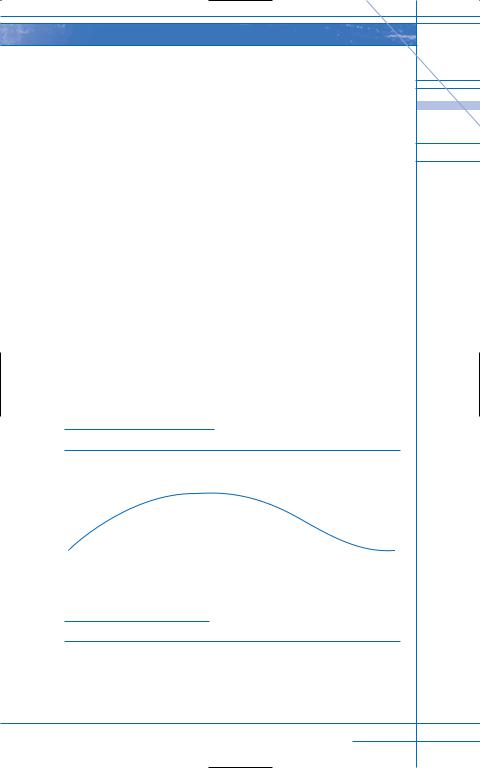
ACT I
• The innocent heroine is a victim of fate. There’s a stain on her perfect world.
•She either feels lost and alone, with no hope for anything better, or she doesn’t even know there is a problem yet, but she still feels sad.
•Others come along and try to help her, but it doesn’t work.
•The wandering hero, who feels like something is missing, goes about his life.
ACT II
•Something catches the hero’s eye and he decides to go after it, taking a big risk.
•Through this risk he finds the heroine and they both feel true happiness.
•Both of their lives are completely changed by this love. They are two completely different people than they were in the beginning of the story.
•Obstacles keep them apart.
ACT III
•They fall deeper in love and make their plans, regardless of what others think.
•They are determined to be together regardless of the cost. And they live happily ever after.
Romance Structure
There is still a sense of a clear three-act beginning, middle, and end to Romance Structure because it is the content that is specific here:
Act I |
Act II |
Act III |
This Structure is character driven, as it is the love and relationship between the two Main Characters that drives the story forward.
Romance Elements
ACT I TRADITIONAL ELEMENTS
•Setup
•Mood or Tone
Romance 69

•Hook, Catalyst, or Inciting Incident
•Serious Problem and/or Goal
•Villain
•Main Characters: all of them introduced here
•Turning Point
ACT I NEW ELEMENTS
The reader wants to meet the lovers as soon as possible, even if it takes a while for the hero and heroine to meet each other.
The hero or heroine needs to have a serious problem or goal that has the capacity to involve the other one in it. For example, he’s a fireman and someone keeps setting her shop on fire.
If the lovers fall in love right away, there must be a great feasible obstacle to keep them apart from either each other or from being happy together.
If the lovers don’t fall in love right away, they can be their own obstacles to love. For example, he’s afraid to commit right now.
Keep other characters to a minimum so the focus stays on the lovers.
ACT I QUESTIONS
•Who holds the power and main focus of your story?
•Who falls in love first? Or do they fall in love at the same time?
•Do they go from falling in love at first sight to a series of chaste dates and then marriage?
•Do they hate each other at first?
•Is the heroine aggressive?
•What are the moral standards you live by? Do you want to write sex scenes that border on erotica? (When writing Romance you need to decide what your philosophy is. Think about it, make a decision, and then you will feel more comfortable as you write.)
ACT II TRADITIONAL ELEMENTS
•Problem Intensifies
•Temporary Triumph
•Reversal
70 Story Structure Architect

•Dark Moment
•Turning Point
ACT II NEW ELEMENTS
A Task or Situation may force them to be together, especially if one party is not interested in the other. It is the glue that keeps them together when they may not have chosen to stay together. For example, they sit on a committee together, they work for the same company, or they have both been robbed by the same person.
If the lovers are not sure about each other, many of the obstacles will come from the lovers themselves. For example, she’s unsure so she lets her family talk her out of seeing him.
If the lovers want to be together but can’t, the obstacles will come from the lovers themselves and other characters. Why can’t they be together? Make it believable. Unless they are in jail or something like that, they can make the choice to be together regardless of what is going on in their lives. For example, he can quit his job if it interferes with the relationship. She can leave her family if they are stopping her from being with him. So tell us why they won’t.
If the lovers are together but can’t find peace, the obstacles will come from the plot. For example, someone is chasing after them and they are on the run. Or they are of different races and the racist neighbors won’t leave them alone.
ACT II QUESTIONS
•What will keep the lovers apart and the story moving?
•Do the obstacles come from the plot? Or from the characters?
•Why should they be together?
•Have they kissed yet?
•Will the reader like both lovers? Are they larger than life or real, everyday people?
ACT III TRADITIONAL ELEMENTS
•Final Obstacle
•Climax
•Resolution
Romance 71

ACT III NEW ELEMENTS
In romantic fiction the lovers are always together in the end “living happily ever after.” If not, you are writing a more melodramatic piece.
Many of these stories involve traditional family values where the heroine desires children in the end. But this is changing as more people are deciding to either not have children at all or to wait until they are much older to have them. Different cultures hold different family values as well as different ideas of what love is, so do research here.
It is very important for the heroine to be at least somewhat heroic in the end, even if she is rescued. The audience for this type of fiction demands it.
ACT III QUESTIONS
•What role does the heroine play in the Climax?
•Why do we care if these two get together or not? Have you made it personal? Did you tell us why they should be together?
•How will their lives be different now that the story is over?
EXAMPLES
Ever After, ANDY TENNANT (Cinderella type)
The story of Cinderella, a girl who finds her Prince Charming.
Queen of the Damned,
ANNE RICE (Beauty and the Beast type)
After many years of sleeping in his coffin, the vampire Lestat awakens to find that the world has changed and he wants to be a part of it. He gathers a following and becomes a rock star. Yet he is still lonely and depressed with his life—until he meets Jesse.
The Last of the Mohicans,
JAMES FENNIMORE COOPER (Sleeping Beauty type)
During the French and Indian War in colonial America, a white scout and two of his Indian brothers help escort two women through dangerous territory. The white scout falls in love with one of the women, and their first kiss is electrifying.
72 Story Structure Architect
